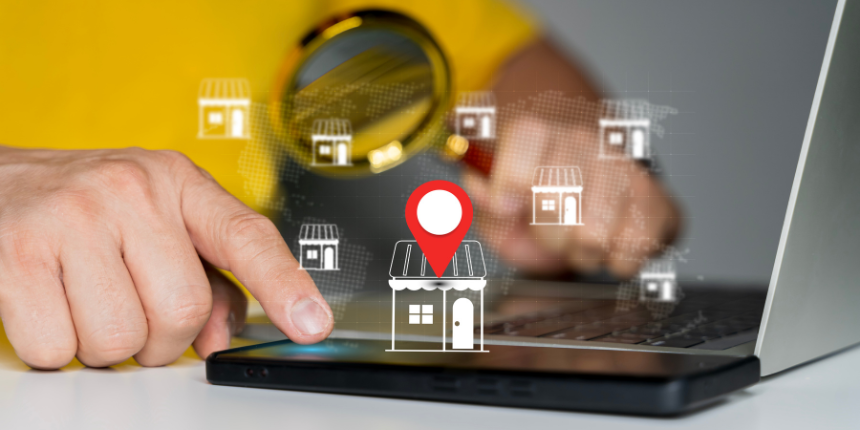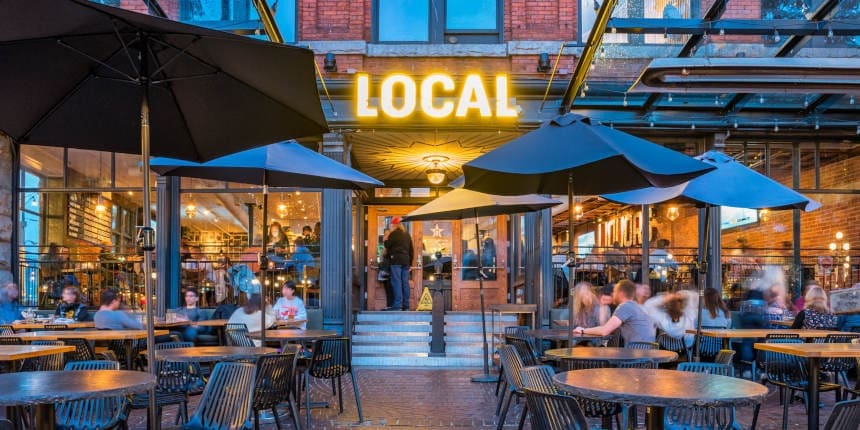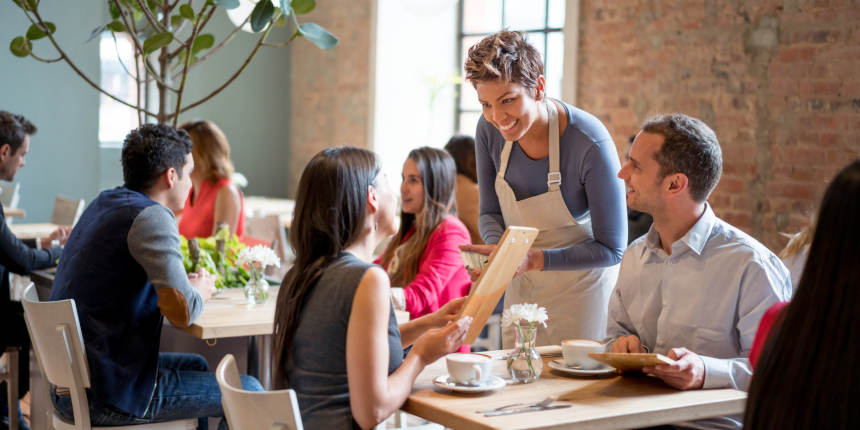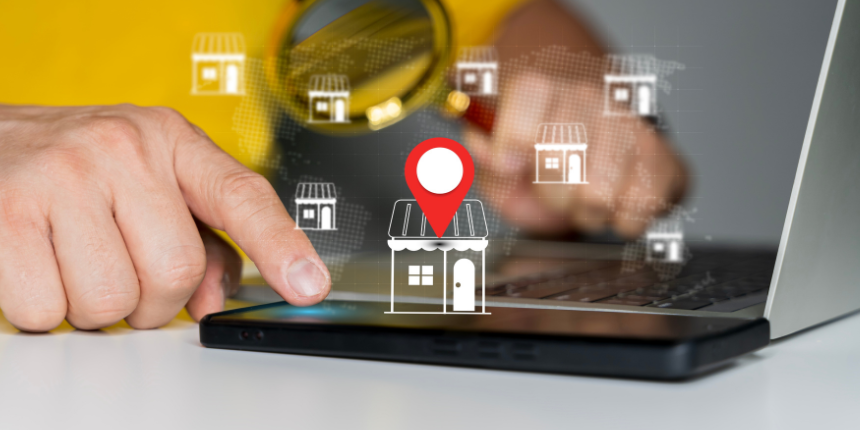

Throughout my life I’ve been surrounded by the food industry. My parents were caterers, my brother has had multiple restaurants, an auntie had a restaurant, my cousin has a restaurant, and numerous friends are in the business. In my business life, too, I’ve been lucky enough to work with a number of restaurant chains, including Byron Burger, Bella Italia, and Gourmet Burger Kitchen. Oh, and I like to eat as well!
Despite that experience—and despite DAC’s digital expertise giving me unparalleled insights into our clients’ audiences—sometimes you can’t beat going in as a customer to get that real on-the-ground perspective. So I decided to have lunch at one of our brands and speak to the manager while I waited for my food. Of course, I assured them that there were no issues (I had only just ordered, after all!).
The advantages of independence
It was an informative 15 minutes that highlighted the difference between nationals and independents. Managers at chain restaurants know their business. They know their customers. They know their trading trends. But they have a very limited ability to speak to their audience, run local advertising, and drive business. Why? Because they rely on central marketing team and budgets. These teams have national campaigns to run—and most have neither the head count nor the expertise to execute hundreds of campaigns at a time for individual branches.

This is where the independents really come into their own. They have the eyes and ears on the ground. They respond to reviews and speak to their customers through social channels using local information, gaining an understanding of what their customers want and expect from them. They can then quickly react to ensure they are winning and retaining customers, asking themselves:
- What days do I need to increase footfall?
- What times do I need to increase footfall: breakfast, lunch, and/or dinner?
- What’s the makeup of my clientele? Casual, tourists, regulars, etc.
- Maybe most importantly, what’s in the fridge? National brands have a wastage line in their operating books. This is produce that gets thrown away.
Local-first marketing in action
Let’s consider a typical scenario and how the local branch of a national brand could take effective action. This branch has good evening footfall but needs to improve lunchtime trade. It is surrounded by businesses and has a surplus of chicken that will be thrown away. The nationally led social campaign just pushes out generic messages about the restaurant, including reviews and food photography. Although this may help boost the brand awareness of the restaurant chain—and maybe even drive visits on occasion—it does nothing to address the specific challenges this branch faces.

How could a local-first campaign make a difference? A locally optimised social campaign would push a lunchtime promotion for users within a two-mile radius of the branch. The offer might be a double chicken burger at the price of a standard, or two-for-one chicken burgers with a unique code. The code enables the manager to track the success of the campaign and to understand the influence it has on footfall. Campaign messaging, meanwhile, encourages lunchtime customers to leave their business card so they can be informed of future promotions.
A campaign like this could serve multiple objectives: increasing footfall, introducing the brand and offering to potential first timers, increasing revenue—especially sundries—and, crucially, capturing customer data to enable effective CRM campaigns and ensure more accurate targeting in the future. This is a simple activation that could make a huge difference; something an agile small business owner would be able to quickly put into action, unlike most national restaurant chains.
Stay Forward
Get exclusive insights into digital
media's top-trending topics delivered
directly to your inbox.
So why don’t more large brands behave this way?
The truth is they need partners like DAC, with an understanding of the local landscape and with an appetite to execute granular campaigns. We offer a local lens for national campaigns.
This is relevant for all businesses with physical locations. While there are a number of factors contributing to a difficult high street environment, one of key factors is that brands are not communicating to their local audiences. In an age of mobile, social media, and user reviews, brands need to not only communicate on a personal level, but embark on a consistent, omnichannel Enterprise-to-Local strategy. This can be difficult to execute, but anything is possible when you use localisation as the first step into personalisation.
If you’re a company with a number of locations, get in touch to understand how hyperlocal campaigns can transform your business for the people that really matter: your local customers.
Contributing Experts
Mentioned in this article
Mentioned in this article

Local Search
Strengthen your footprint through comprehensive local presence management and reputation management that drive visibility and trust in every market.
Learn MoreStay Forward
Get exclusive insights into digital
media's top-trending topics delivered
directly to your inbox.





